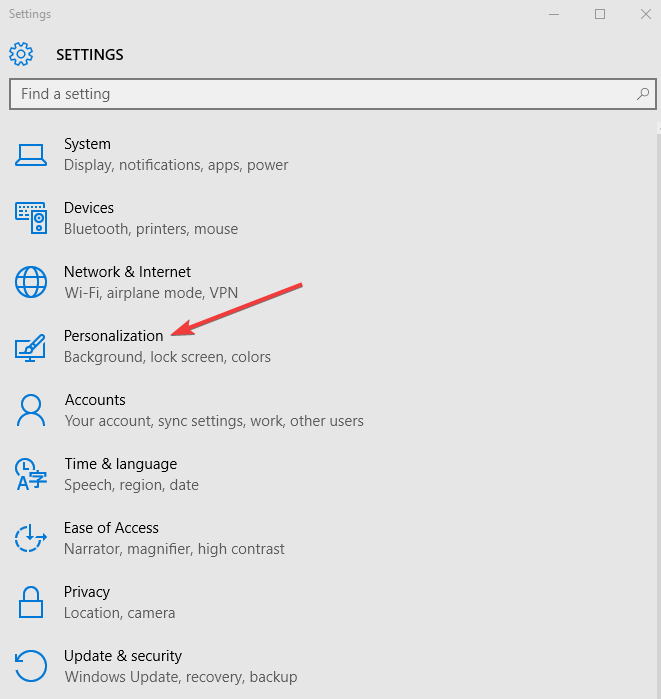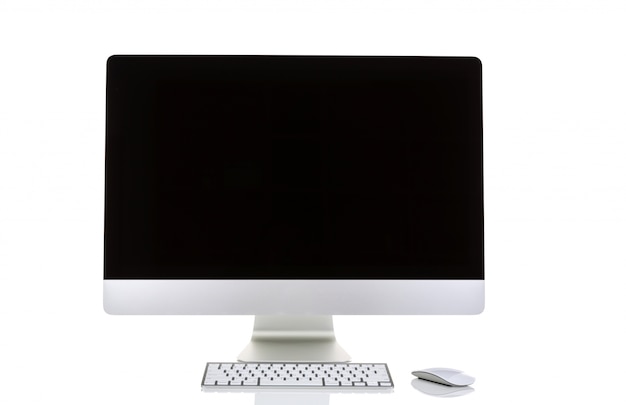

“Every 20 minutes, look at something 20 feet away for 20 seconds,” he says. To prevent this, Rosenfield recommends the “20-20-20 rule” (which you’ve definitely heard about a thousand times but totally don’t do). “So it’s not about blinking less, it’s about not blinking completely.” These blinking issues make it difficult for the eyeballs to stay moist. “The way people blink when looking at these devices-the upper lid doesn’t come all the way down,” he explains. Your eyes actually blink differently when they’re focused on screens, Rosenfield says. If you do have a reflective screen, close the blinds.įinally, and most importantly, you need to take regular breaks from staring at your screens in order to give your eyes time to rest and rehydrate. If you have a big window in your office, you probably want it facing your back-assuming you don’t have a reflective screen that will ricochet glare back into your eyes. Especially if you spend most of your day staring at a screen, you want a pair of glasses crafted specifically for that purpose.Īlso, be aware of your screen’s position in relation to bright light or reflections.

“A pair of glasses for general use or reading may not be appropriate for computer use,” he says. Rosenfield also stresses the importance of customizing your eyeglass or contact-lens prescription for screen use. MORE: You Asked: Are My Devices Messing With My Brain? If you find it hard to read at that distance, increase the size of your screen’s text. You’ll be running for Advil within five minutes.) Rosenfield, who authored a recent study on digital eye strain, recommends positioning your screen no closer than 16 inches from your face. (If that’s surprising, hold something two inches from your face and try to focus on it. “The closer the screen is to your eyes, the harder have to work to focus,” says Mark Rosenfield, a member of the graduate research faculty at the State University of New York’s College of Optometry. “Whether that translates to the lower levels in screens isn’t clear, but just to be on safe side, I think it’s better that the screen light not be predominantly blue.”Īlso important: maintaining proper space between your eyes and your screens. “There are some animal studies showing blue light can damage the retina when light is very intense,” Dunaief says. While some research has linked too much blue light exposure at night to insomnia, even daytime exposure could be a problem.

“There are blue light-sensitive molecules in the retina that help to set our body’s circadian rhythms,” he explains. If the photo-negative look isn’t your thing, Dunaief recommends shifting your screen’s color scheme away from blue and toward the yellow end of the spectrum. If you don't get the confirmation within 10 minutes, please check your spam folder. Click the link to confirm your subscription and begin receiving our newsletters. For your security, we've sent a confirmation email to the address you entered.


 0 kommentar(er)
0 kommentar(er)
